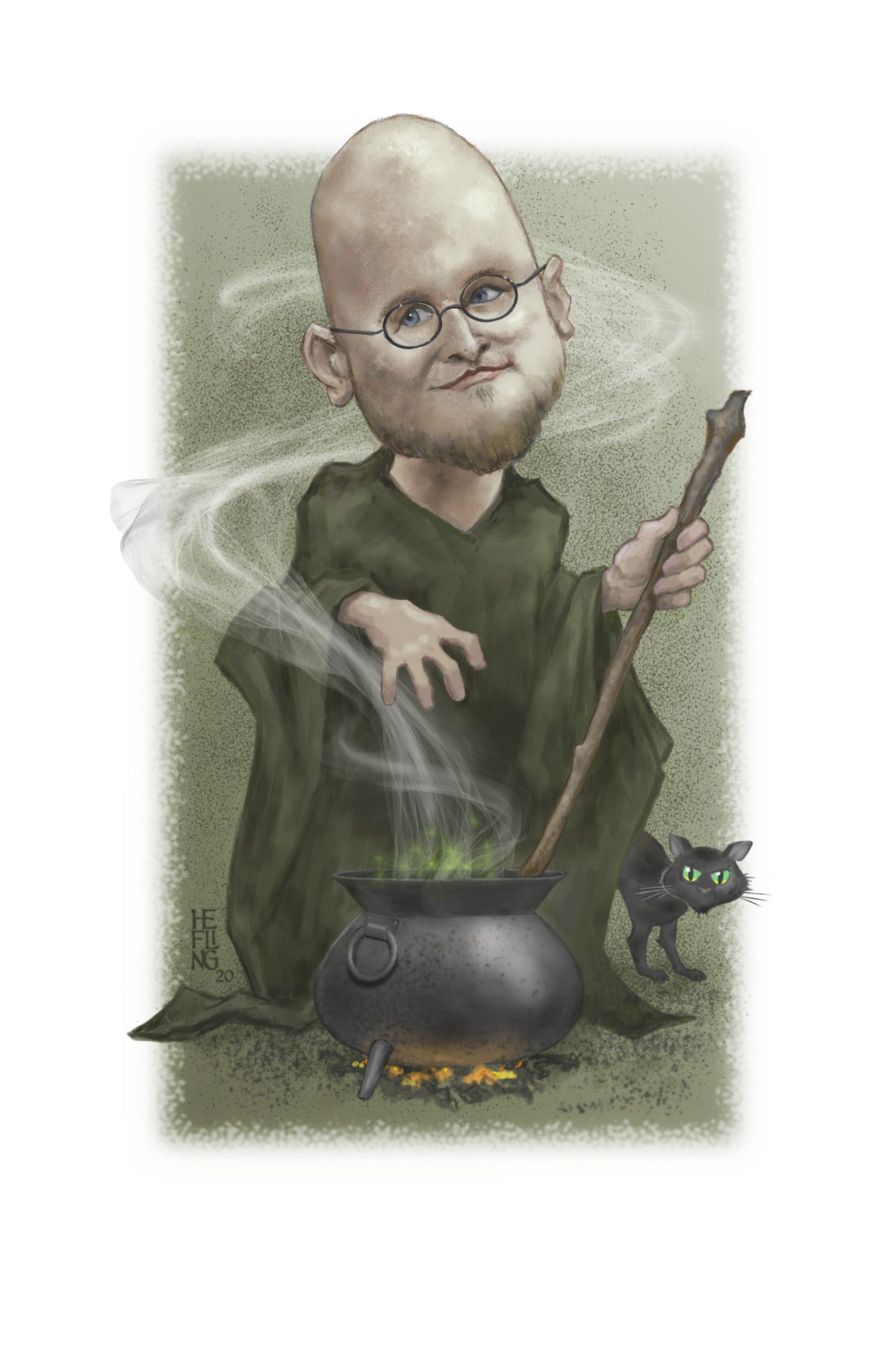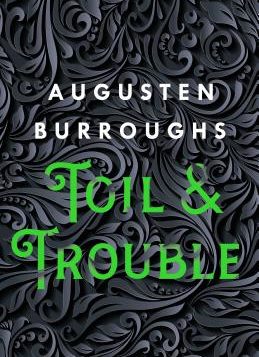 Toil & Trouble
Toil & Trouble
by Augusten Burroughs
St. Martin’s Press. 320 pages, $27.99
A 2014 Pew Research Center study estimated that there are nearly one million Wiccans in the United States alone. Modern witchcraft has grown in spurts, spreading widely first in the 1960s with that decade’s interest in alternate spiritualities, then again in the 1990s with the popularity of TV shows like Charmed and Buffy the Vampire Slayer, and again in the 2010s, fueled by the millennial generation’s disillusionment with conservative mainstream Christianity and enabled by social media platforms like Tumblr and Instagram. An October 24, 2019, New York Times article titled “When Did Everybody Become A Witch?” wonders if we’ve reached a “peak witch” moment.
Modern witchcraft has no central authority, and many gay men and lesbians joined up as it spread and broke into innumerable small sects (often called traditions by their practitioners). Leo Martello, who published Weird Ways of Witchcraft in 1969, was publicly out as both a witch and gay man and was involved with New York City’s gay liberation movements. The woman-centric tradition called Dianic Witchcraft was founded in 1971 by Zsuzsanna Budapest, while Eddie Buczynski founded the Minoan Tradition, a Wiccan tradition for gay men, in 1975. Both traditions remain active today. In 1978 Arthur Evans published Witchcraft and the Gay Counterculture, which argued that many of the alleged witches executed during the witchcraft trials were actually LGBT people. Many books aimed at LGBT witches have followed in the decades since.
 I write all of this to explain how Augusten Burroughs, the gay author of Running with Scissors (2002) and other bestselling, darkly comic memoirs, can write a book publicly announcing he is a witch and have it released by a major publisher. We’re at a historical moment when a gay man can say he’s a witch without fearing an angry mob and can find a large audience for his book.
I write all of this to explain how Augusten Burroughs, the gay author of Running with Scissors (2002) and other bestselling, darkly comic memoirs, can write a book publicly announcing he is a witch and have it released by a major publisher. We’re at a historical moment when a gay man can say he’s a witch without fearing an angry mob and can find a large audience for his book.
In Toil & Trouble Burroughs writes that he has been a witch since birth and that he inherited his magical talents from his mentally ill mother, someone who has figured prominently in his other books. He doesn’t practice in a coven with other witches but works his magic solo, incanting and occasionally lighting candles to make things happen. And boy, does he make things happen! He makes a childhood bully undergo an early and ugly puberty, curses a mean substitute teacher to a career as a cashier, and travels to a watery underworld to meet his deceased mother. Readers may understandably be skeptical about the reality of Burroughs’ magical adventures, but I found his description of his dreamlike underworld journey to be emotionally effective and convincing.
Burroughs also uses his witchcraft to convince his husband Christopher (who is also his literary agent) to leave their longtime Manhattan home for an antique farmhouse in rural Connecticut. Their adventures in real estate and adapting to country life form the main narrative of the book. Burroughs says his favorite sitcom as a child was Bewitched, but Toil & Trouble is probably more similar to Green Acres. Although witchcraft is woven throughout the book, it really tells a classic fish-out-of-water tale.
I enjoyed reading about Augusten and Christopher’s misadventures as homeowners, and particularly liked their encounters with a bevy of eccentric neighbors, including a retired opera diva and her submissive husband, a laid-back arborist who helps them deal with a centuries old and possibly malevolent maple tree, and foul-mouthed handyman named Fat Fuck Eddie. The highlight of Toil & Trouble is the chapter in which Burroughs and a realtor friend visit the home of Jeffrey, a semi-retired male model. Manic and egocentric, Jeffrey leads them on a tour of his house while spouting an almost endless list of bizarre accomplishments. Born with no cuticles and therefore the perfect hand model? That’s Jeffrey. The youngest certified chair craftsman in America? Jeffrey. Inventor of the preppy popped collar trend in the 1980s? Jeffrey again.
Burroughs does touch on more serious topics in the book, including mental illness, child abuse, and death. But these darker themes are leavened with humor and supernatural adventures, and like the proverbial witch’s cauldron, Burroughs keeps things bubbling along until the book reaches its end and his spell is broken.
Peter Muise, who writes about New England folklore and legends, is the author ofLegends and Lore of the South Shore.






